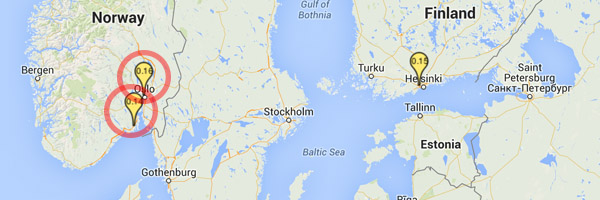Two units went online in Norway, the 11000016 in Oslo, and the 11000013 in Sandefjord. The measurements show higher readings compared to the tests performed in Timisoara: The Northern Europe seems to have a relatively higher background radiation. Here is a map that shows some of the background radiation levels measured across parts of Europe. […]

Producing the uRADMonitor – New units available
In an effort of expanding the network even further, several new units have been prepared and are ready to ship. But, creating a device that will function perfectly in a distributed environment is not an easy task. Yet, from its relatively early start, uRADMonitor has already spread to all major continents and continues to grow. […]
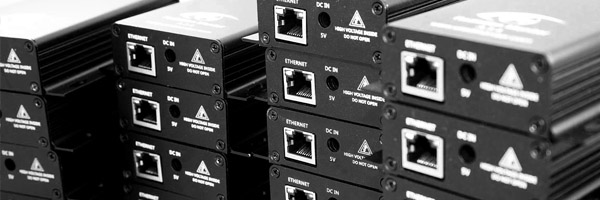
Several new units went online worldwide
Following the large number of units recently shipped out, several new units went online in various corners of the World: 41000005, in Belt, Montana, US 11000015, in Helsinki, Finland 11000017, in Paris, France 11000018, in La Breille les Pins, France As these new devices reached their destination and were connected to the Internet, all 4 […]
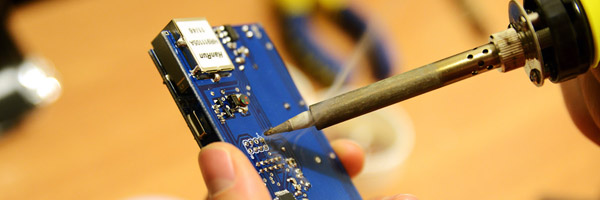
Multiple new units joining the network
Some of you might have noticed the high number of units that recently appeared on the map around Timisoara. They are part of a new batch of units with some of them already in transit to locations all across the Globe. The units were tested and calibrated manually, to make sure they will function perfectly. […]

Brisbane, Australia joining the network
Unit 12000011 just joined the network from Brisbane, Australia, as the third unit on this continent. The measurements show relatively low radiation levels: And here is a comparison to initial tests done in Timisoara: If you haven’t already, you can vote for this project’s entry in the HackADay Prize competition by giving it a Skull […]

New model A monitor in Burlington, Vermont
uRADMonitor unit 12000010 went online in Burlington, Vermont. It is one of the new Model A units.
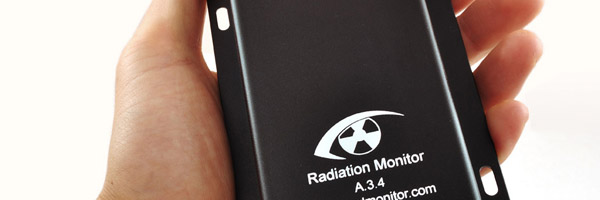
uRADMonitor Model A Video
With the approaching HackADay prize stage 3 competition, a new uRADMonitor Video has been added according to the competition’s rules. The uRADMonitor is a digital radiation dosimeter, enclosed in a rugged aluminium case. Designed to function as nodes, in a distributed network of radiation monitors,the uRADMonitor units are working together to achieve environmental radiation surveillance […]
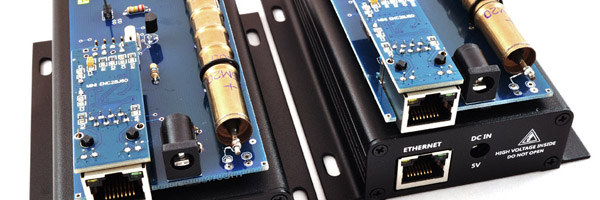
Model A – Production Ready!
The uRADMonitor Project is a network of radiation detectors covering locations all over the Globe. The Model A is the first designed, it is an automated GM detector in a rugged aluminium housing which responds predominantly although not exclusively to gamma radiation. Count rate data is recorded and transmitted continuously via built in Ethernet adapter […]
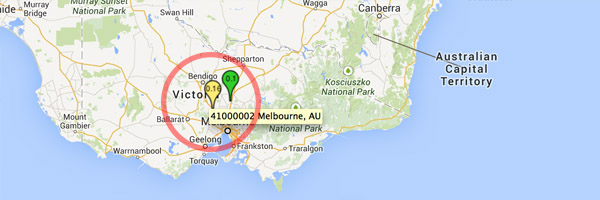
A new unit in Melbourne, Australia
The second uRADMonitor unit in Australia went online today. This is one of the limited 5 model A2 units announced some time ago. It currently shows an average of 0.16uSv/h : The readings are higher than those measured during the initial tests in Timisoara:

A new uRADMonitor unit in the USA
This new unit is the second in the New York area or the 9th in the entire US. The 41000001 is one of the newer A2 Models with barometric pressure sensor. Taking advantage of the recent server side changes, all the unit’s measurements are available in the new compact web interface. The unit currently shows […]

Observations on diurnal indoor variations in gamma ray count rates
Richard Prettyman, August 2014 Background A close correlation between gamma count rate at ground level, and soil derived Rn-222 flux has been demonstrated in work which has also studied the effects of meteorological and diurnal factors on Rn out-gassing and hence gamma count rate (Szegvary et al, 2007). Under conditions of settled weather with no […]

Server software improvements
The uRADMonitor project has a complex architecture, involving both hardware and software. The software level also has two separate components, one is the client firmware – the software running on the dosimeter’s microcontroller, and the other is the software running on the server. The last posts have shown a lot of progress on the hardware […]

The second unit in Florida, USA
Just a day or two after announcing the first uRADMonitor unit in Orlando, Florida, a new unit went online, 1200000E, not far from the first. The way the unit was mounted looks highly professional, and it gets the best score so far for correctly following the installation instructions. The first measurements indicate very low radiation […]
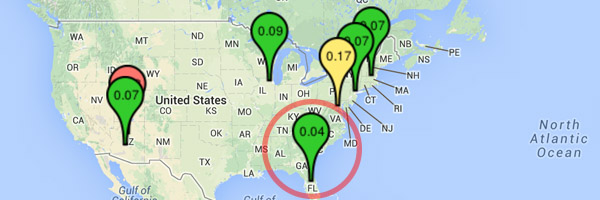
uRADMonitor in Florida, USA
The 7th uRADMonitor detector in the US went online recently and is transmitting from Orlando, Florida. This is one of the newer A2 revision units, that were available in limited quantity a few weeks ago. Besides radiation and temperature, this unit also monitors the barometric pressure, helping to our understanding on weather impact on background […]
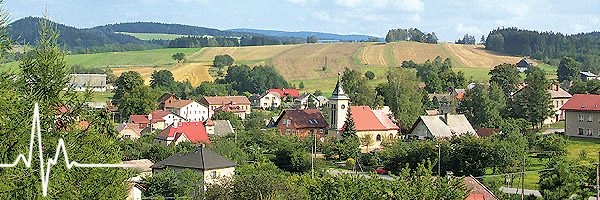
Česká Čermná
Česká Čermná is a village and municipality in Náchod District in the Hradec Králové Region of the Czech Republic. The village is located close to the Polish border. A dedicated website is available where you can find more information on this location. The village location is covered by the excellent Geology.cz website, where we can […]

Producing the uRADMonitor – the circuit boards
The first uRADMonitor units were built by hand as prototypes, a time consuming task involving a lot of attention that often led to results of only satisfactory quality. Very frequently it was the PCBs that simply weren’t good enough when made by hand: defects were frequent and repairing them was nearly impossible. Luckily the usual […]
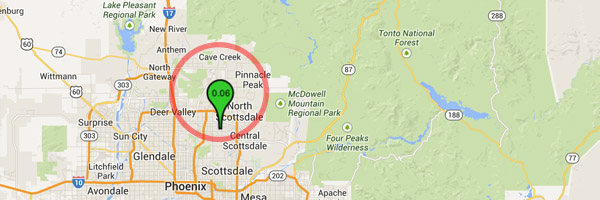
New unit in Phoenix, Arizona
The second uRADMonitor unit in Arizona just went online. Unlike the other unit to the North – that is run at higher altitude and shows increased readings, the new unit measures an average of 11.3CPM (on a SI29BG tube), approximated for the background radiation to a dose of 0.11uSv/h, not unlike what it has seen […]
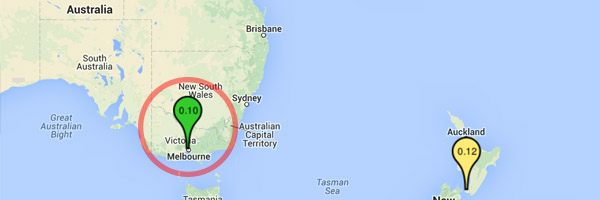
Unit in Australia up and running
The first uRADMonitor unit on the Australian continent went online the last few days. Located in close vicinity to Melbourne, the uRADMonitor unit #12000003 offers continuous background radiation surveillance. The unit’s current measurements show an average of 10CPM (approximated to 0.10uSv/h):
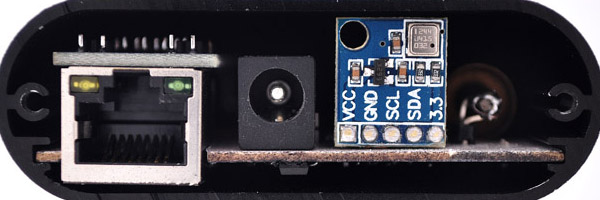
uRADMonitor model A2 with Barometric pressure sensor
Here is a revision of the current Model A uRADMonitor detector. Codenamed the model A2, it replaces the internal DS18B20 temperature sensor with the more versatile BMP180. The BMP180 is a low power, high resolution temperature and barometric pressure sensor, manufactured by Bosch. It comes with pre-calibration parameters that are used for accurate measurements. The […]
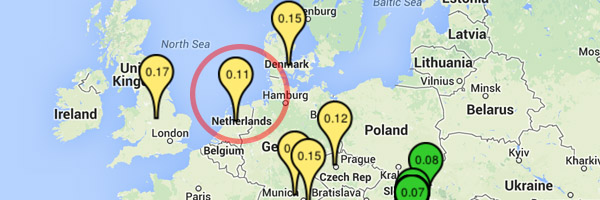
Unit in Netherlands up and running
A new unit went online, in a location close to Amsterdam. The new detector is the first in Netherlands, covering more ground as the network expands. The current measurements show a low background radiation level, only 0.09uSv/h. Here are the initial measurements, performed in Timisoara, Romania, before sending the unit: And here is the same […]
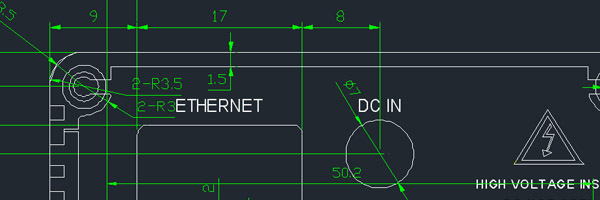
Producing the uRADMonitor – the aluminium enclosure
Moving from manually built prototypes to an industrial production line, is a huge step especially for a project in an incipient phase, like uRADMonitor. Yet, with strong determination, obstacles melt away, opening the path for the first civilian environmental surveillance network, available to everyone, at anytime, to offer real time data on radiation level trends […]

New unit in Massachusetts, USA
The uRADMonitor network is constantly expanding and so a new unit went online in Massachusetts. Here are the initial and the current values registered by this unit: And the nice constant voltage on tube:
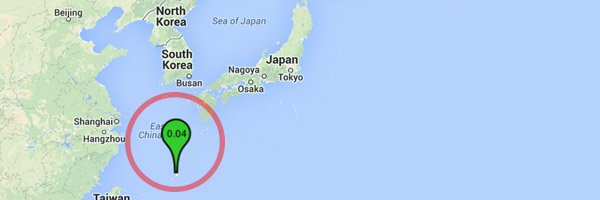
First unit in Japan registers low background radioactivity
The unit shipped to Japan finally went online yesterday. For now it is connected indoors. The unit measured an average of 0.12uSv/h in Timisoara, Romania during a few hours of tests. Surprisingly the values dropped to 0.07uSv/h when the first measurements started at its current location, in Japan. The first half of the graph shows […]

New Zealand unit up and running
uRADMonitor unit 11000007 got to its final destination, after a long journey. The unit is now up and running from New Zealand, making it the first uRADMonitor unit in that part of the globe.

Wireless / WiFi Connectivity Guide
Due to popular demand, but also because wireless is better than installing wires, especially for some remote locations (and that’s where we usually need uRADMonitor installed), here’s a quick guide on connecting the uRADMonitor model A to the wireless network. Yes, uRADMonitor can be connected wirelessly to your home WLAN with the method presented in […]
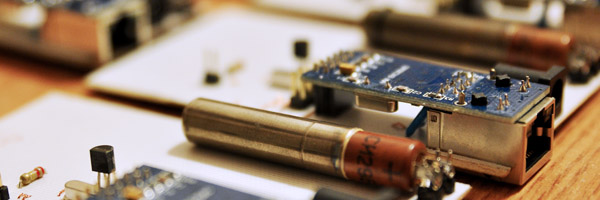
Building the uRADMonitor
It’s been a long road getting here, a road paved with constant innovation. And it’s a longer road ahead. The first uRADMonitor was a crude prototype, with jumping wires on a test board, it got its own PCB soon. The following models were a new design, more compact using the smaller SBM-20 and SI-29BG tubes, […]

The first unit in the United Kingdom
It’s a series of new units joining the network lately! And there are more to come. A new uRADMonitor went online today in the UK, close to Birmingham. As per the previous posts, here are two images showing the readings, the first is a snapshot of the measurements made at the current location in UK, […]
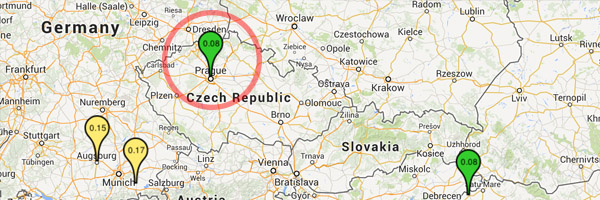
New unit in Prague, Czech Republic
The first of the the 5 new units sent out a few days ago, reached its destination, in Prague, and is now operational. The unit currently shows an average of 0.10uSv/h: Lower than the initial tests:
uRadMonitor Featured on HackADay
uRADMonitor got on the HackADay’s front page, with an interview for the Hackaday.io prize event. Read the full text here. Don’t forget to support the project by voting on the HackADay project page (the skull button)!

Tips for installing the uRADMonitor unit
The Power supply Each unit comes with Power supply (input 220V/110V EU/US for socket, output 5V and at least 0.5A), power cable (black) and Ethernet cable (1m long). The uRADMonitor device must be powered with a low power 5V supply. An adapter is provided with each uRadMonitor unit. If a longer cable is required, you […]

Five more units to join the network
In an effort of expanding the network, five more units are set to join the network in the following few days. They will get online in various locations all around the globe, to offer increased coverage and a better understanding of the background radiation variations. The units have been tested to assure they are properly […]

Hackaday.io prize competition
uRADMonitor has now officially joined the competition for the Hackaday.io prize! Support it by voting, here !
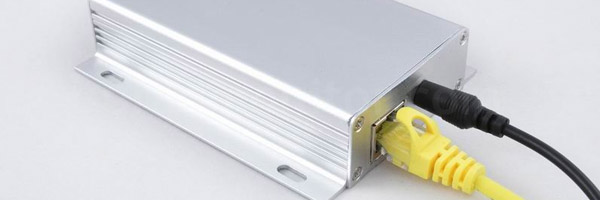
Quick details on uRADMonitor
There were lots of questions by email, on groups or on different channels regarding uRADMonitor. Many people are familiar with Geiger Counters, radiation and the basics on nuclear physics, but for some, the uRADMonitor remains a tiny black box – intriguing, but totally unknown. To answer some of these questions, here are a few more […]

Unit in Odense, Denmark is back online
There is an uRADMonitor unit in Odense, Denmark that went silent for some time because of a failure in the high voltage internal inverter. This unit, part of an early set of first prototypes, was using a ferrite choke that eventually reached saturation with the increasing temperatures of the summer. As a result, the high […]
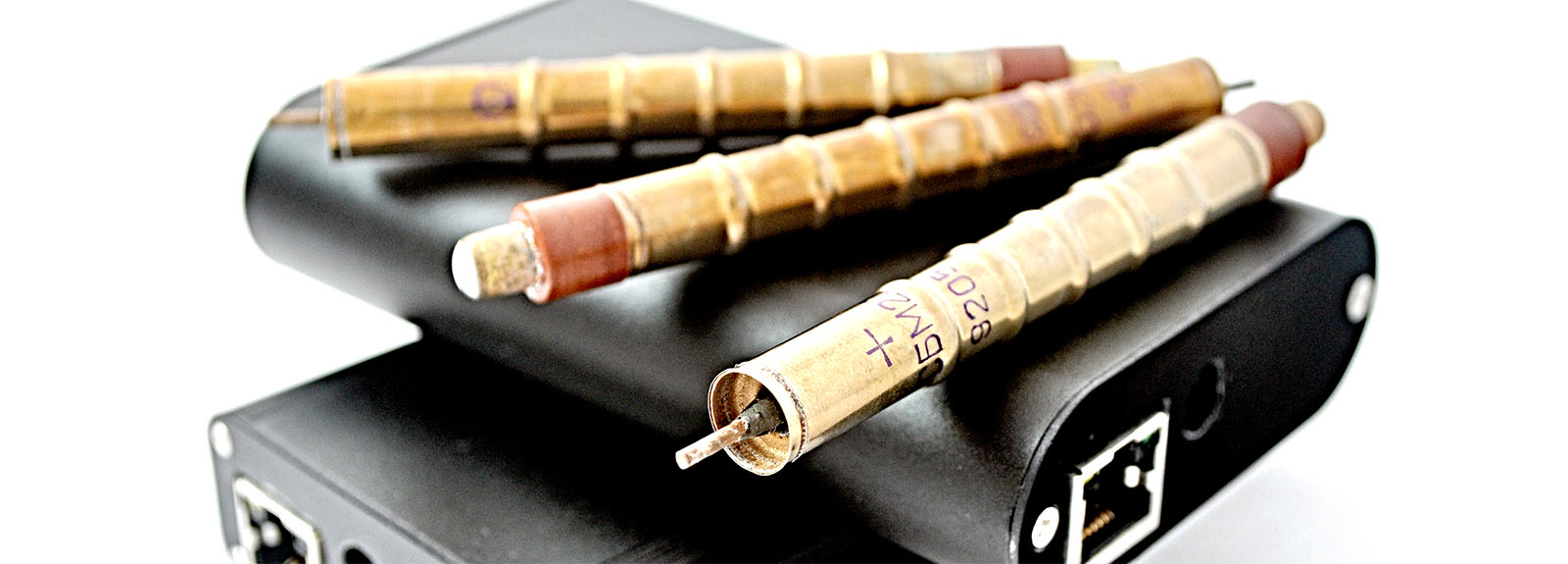
A long story short
In the beginning there was the passion for technology. I decided to start a blog and write about the things I’ve built. I was more into high voltage, physics and various experiments, cool, but with little or zero use to those around me. Then I decided it was time to build something useful, to put […]
